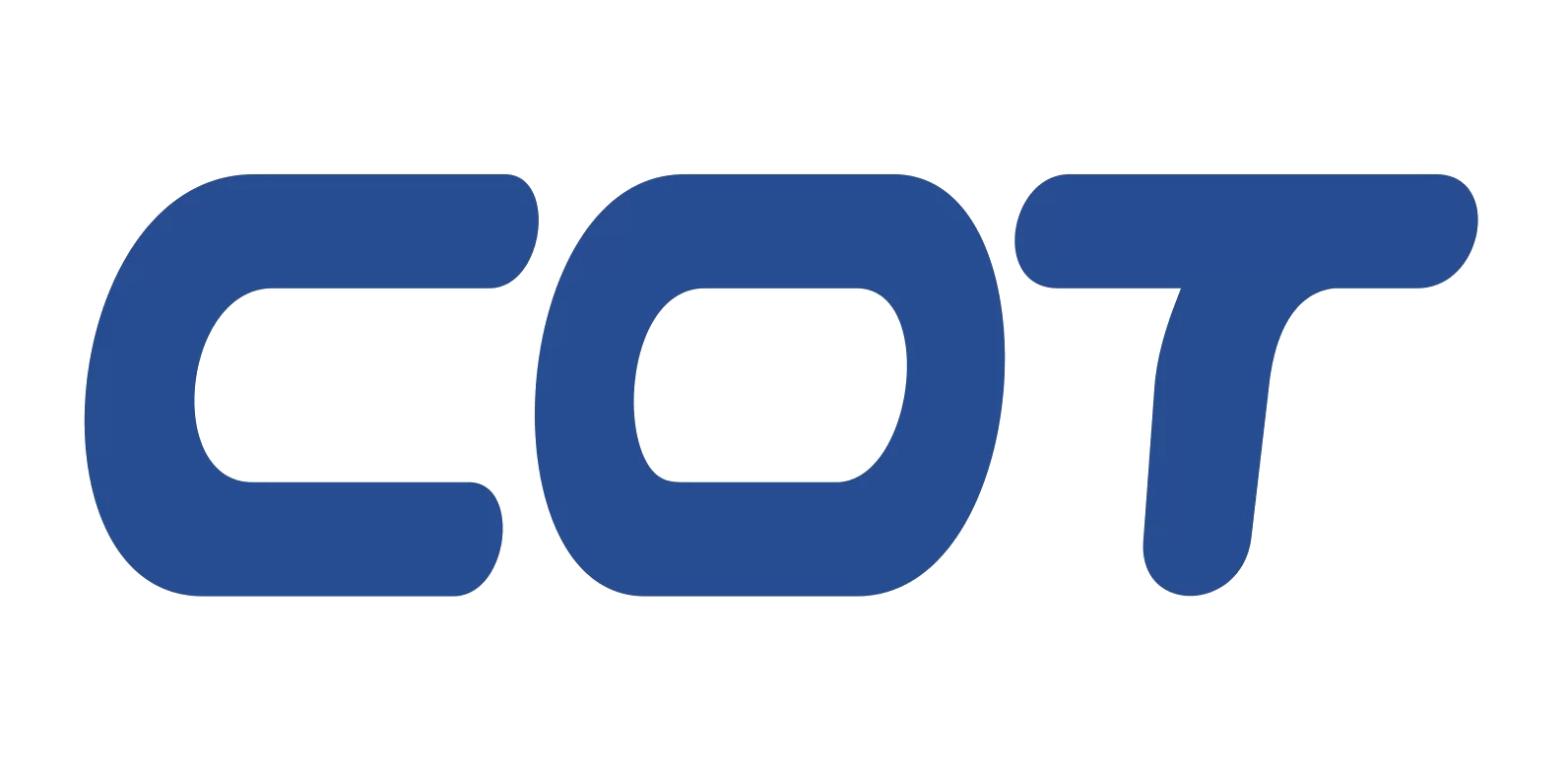Serial Number | Model | Resistance(mΩ) | TCR(ppm/℃) | Accuracy(%) | Encapsulation |
1 | 2512MP06F0M50 | 0.5 | ±100 | ±1 | 2512 |
2 | 2512MP06FR001 | 1 | ±100 | ±1 | 2512 |
3 | 3921MP12F0M20 | 0.2 | ±200 | ±1 | 3921 |
4 | 3921MP09F0M50 | 0.5 | ±100 | ±1 | 3921 |
5 | 5931MP15F0M10 | 0.1 | ±200 | ±1 | 5931 |
6 | 5931MP15F0M20 | 0.2 | ±100 | ±1 | 5931 |
CSR Typical Application - Vehicle DC-DC
Current detection: CSR is connected in series in the current path of DC-DC converters to monitor the current flowing through the circuit. When current flows through CSR, a voltage drop proportional to the current will be generated at both ends of CSR.
Signal amplification: The voltage drop generated by CSR is usually very small, so it needs to be amplified through an analog front-end (such as an operational amplifier or a dedicated current detection amplifier) for subsequent signal processing.
Signal processing: The amplified signal is converted into a digital signal through an analog-to-digital converter (ADC) for use in the control logic of a microcontroller or DC-DC converter.
Overcurrent judgment: The control logic will compare the detected current with the preset overcurrent threshold. If the detected current exceeds the safety threshold, the control logic will trigger the protection mechanism.
Protection action: Once overcurrent protection is triggered, the control logic will quickly respond by closing the power switch or reducing the output current to limit the current, thereby protecting the DC-DC converter and connected load from damage.
Fault indication: In some designs, overcurrent protection actions may be notified to external systems through a fault indication pin (such as TAO/FLT) for further fault handling or system reset.
- current monitoring
- Overcurrent protection
- Load Balancing
- Size and packaging
- Accuracy and stability
- Power Handling Capability
The working principle of overcurrent protection in vehicle DC-DC converters using current sensing resistors (CSR)
Current detection: CSR is connected in series in the current path of DC-DC converters to monitor the current flowing through the circuit. When current flows through CSR, a voltage drop proportional to the current will be generated at both ends of CSR.
Signal amplification: The voltage drop generated by CSR is usually very small, so it needs to be amplified through an analog front-end (such as an operational amplifier or a dedicated current detection amplifier) for subsequent signal processing.
Signal processing: The amplified signal is converted into a digital signal through an analog-to-digital converter (ADC) for use in the control logic of a microcontroller or DC-DC converter.
Overcurrent judgment: The control logic will compare the detected current with the preset overcurrent threshold. If the detected current exceeds the safety threshold, the control logic will trigger the protection mechanism.
Protection action: Once overcurrent protection is triggered, the control logic will quickly respond by closing the power switch or reducing the output current to limit the current, thereby protecting the DC-DC converter and connected load from damage.
Fault indication: In some designs, overcurrent protection actions may be notified to external systems through a fault indication pin (such as TAO/FLT) for further fault handling or system reset.
What is the role of CSR in car DC-DC converters?
CSR is used in car DC-DC converters for real-time monitoring of current, ensuring that the current is within a safe range, preventing overcurrent situations, protecting the circuit from damage, and improving the overall efficiency of the system.
How to achieve overcurrent protection in car DC-DC converters?
Overcurrent protection is usually achieved by monitoring the voltage drop across the CSR terminals. When the current exceeds the preset safety threshold, the voltage drop detected by CSR will exceed the set value, and the control circuit will quickly respond by cutting off the power or reducing the current to protect the system.
Generic Application
- The accuracy and stability of CSR directly affect the performance of DC-DC converters. High precision CSR can provide accurate current feedback, enabling the control circuit to more precisely regulate the output voltage, thereby improving system efficiency and response speed.
What factors should be considered when choosing CSR in car DC-DC converters?
When choosing CSR, its rated power, accuracy, temperature coefficient, size, and cost should be considered. In addition, the long-term stability of CSR and its performance in extreme temperatures or harsh environments should also be considered.
How to maintain CSR in car DC-DC converters?
Maintaining CSR includes regular inspections of its electrical performance and physical condition, such as resistance values, connection stability, and packaging integrity. When necessary, damaged CSR should be replaced to ensure the continuous and stable operation of the system.

